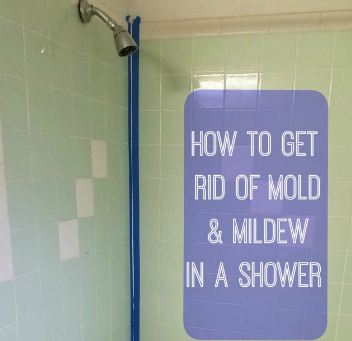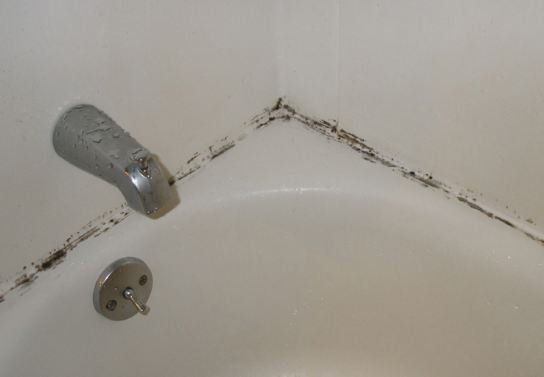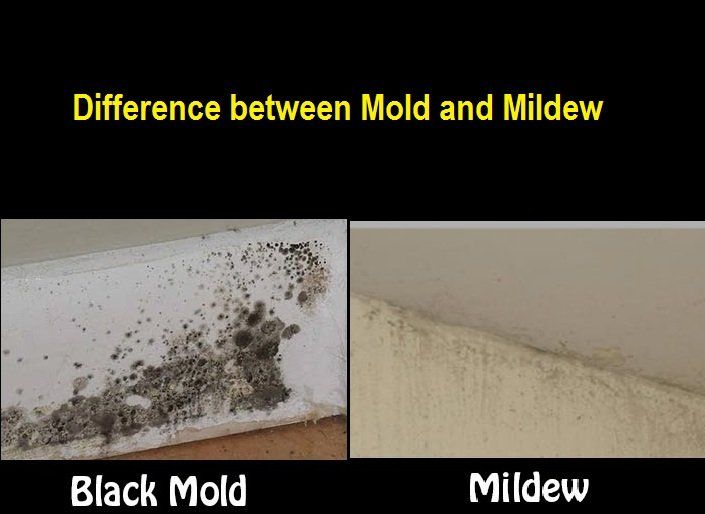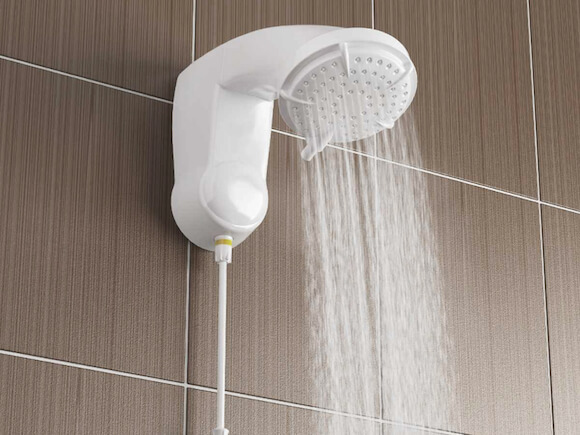How to Get Rid of Mold in the Shower – The mold is made up of light or dark stains on the surfaces. It grows easily in a warm and humid place. The shower is particularly exposed to their appearance. As this room also lacks aeration, the mold grows faster. These tasks give a dilapidated effect to the shower. In addition, they are harmful to health as they release toxins into the air and can cause respiratory problems and allergies.
The mold appears on the outside surfaces and inside the wooden cupboards or cabinets. In the shower, it is frequently found in the joints of the tiles, under the washbasins and bathtubs, and on the shower curtains. Tasks can be shown in different colors, but the most common is the green, black and white tasks. Without treatment, the tasks are enlarged and thickened. Also, it is better to fight them as soon as they appear. Moreover, when the tasks are thick and embedded, it is much more difficult to remove them. The following simple cleaning tips are effective against recent molds. For older tasks, it is usually necessary to use more aggressive products, if not to remove the paint or varnish from the surface.
Mold on the walls
Molds are often found at the bottom of the walls or on the ceiling of the shower if these surfaces are not tiled. Normally, these walls are painted with washable paint, which allows you to remove mold stains more easily. To clean the wall or ceiling, use hot water in which you poured baking soda. After cleaning, quickly dry the treated surface. Repeat the operation once the new mold is installed. If the tasks show up too frequently, to avoid reappearing, you should think about redoing the bathroom wall. You have two possible solutions: either install tiles on the surfaces concerned or repaint the wall. However, for the latter case, discuss with the Mason the appropriate treatment. Generally, it will be necessary to apply insulating mastics on the wall, and the paint used must be water-repellent.
Mold on the tile joints
The molds blacken the joints of the tile. They develop particularly under the sink and the bathtub. The first solution is a homemade recipe, made with a tablespoon of dishwashing liquid and baking soda, which is dissolved in half a glass of white vinegar. Prepare the mixture in a bucket, then use it to carefully brush the joints using a toothbrush. Let stand for a few minutes after brushing, then rinse. You can also use a bleach-based solution. In this case, it must be mixed with detergent and lemon juice. Use protective gloves and a toothbrush, then rub the joints. Rinse one hour after this operation. Repeat maintenance periodically to avoid thickening of the mold. However, in order to avoid these frequent cleaning, you can apply special varnishes that improve the sealing of the tiles and blur the blackening of the joints.
Mold on the shower curtain
The mold stains on the shower curtain are difficult to remove, especially if they date from some time. If the tasks have just appeared, you can put the curtain in your washing machine by adding bleach to the detergent. Put the machine in the Wool program, and at the end of the wash, hang it directly to dry it. If the tasks are less recent, put half a cup of your usual product in the detergent drawer. In the drum, also pour half a cup of baking soda and install the curtain. Program The wash in synthetic fiber mode. During the first rinse, momentarily interrupt the wash and insert a cup of white vinegar. Take care not to wring and dry immediately after washing.
Mold on the cupboard or wooden cabinet
The molds are also installed on the woodwork. If you have just discovered it in your medicine cabinet or towel cupboard, rub a rag soaked in white vinegar to remove small, incipient stains. You can also add baking soda for more efficiency. After cleaning, it is necessary to leave a few minutes before rinsing. For stains already embedded in the wood, spray a little ammonia on the affected surfaces using protective gloves. There is also turpentine that you can apply on the wooden rack. Let the solution be







